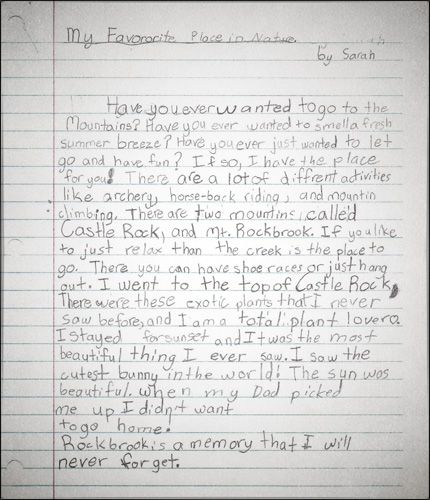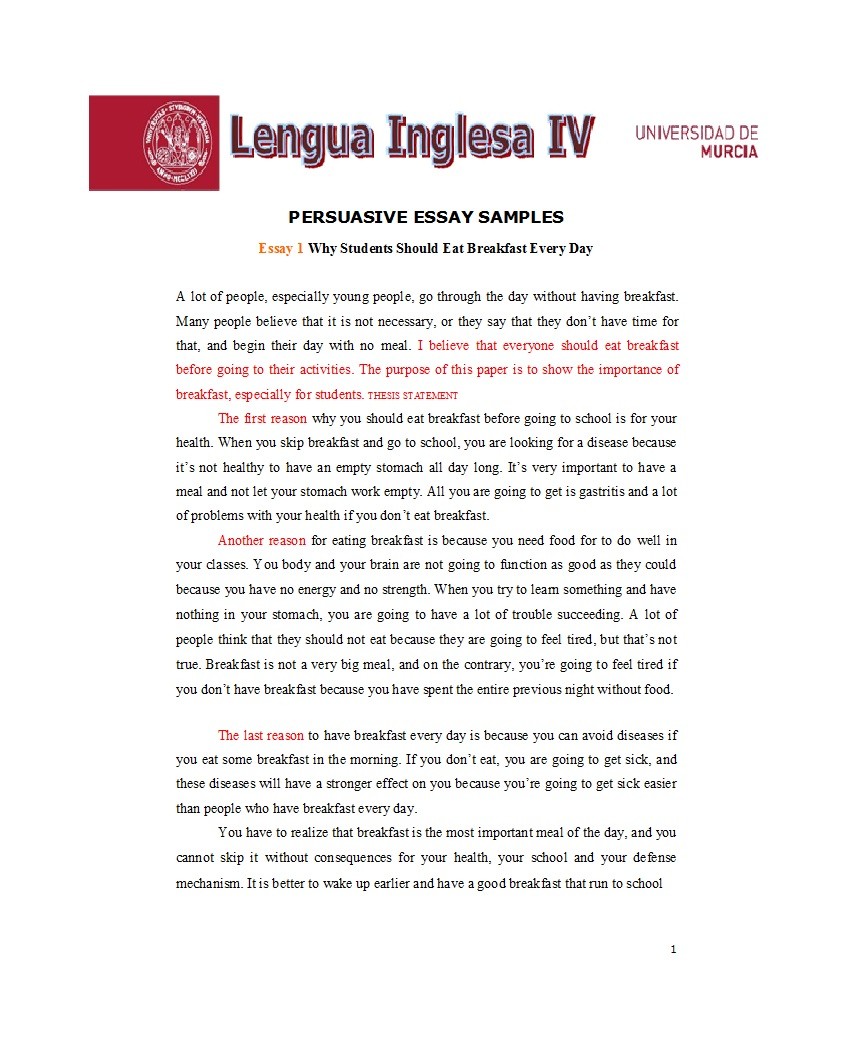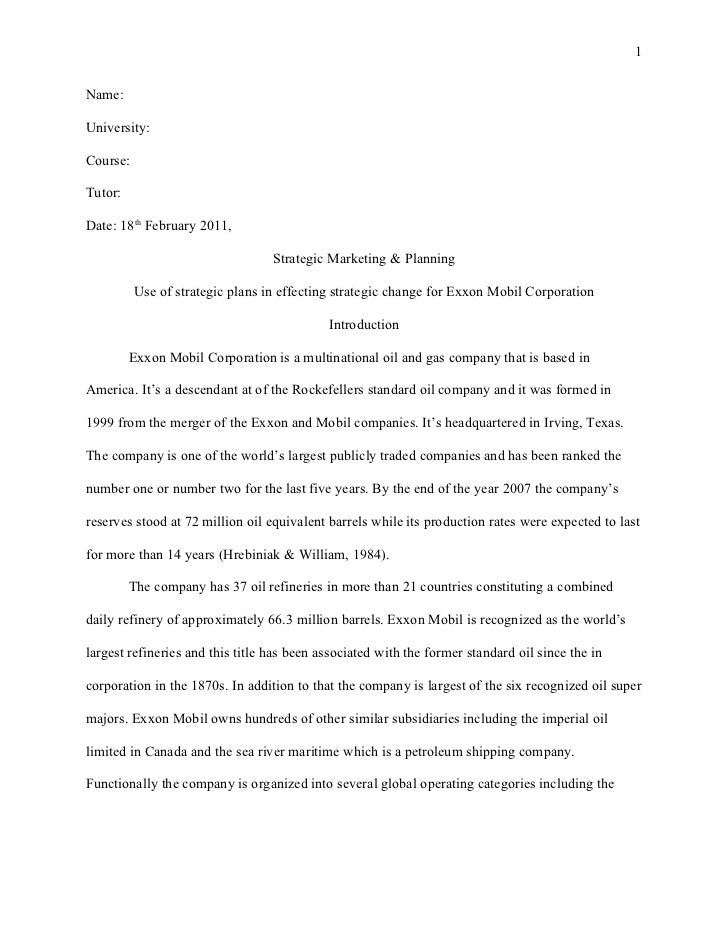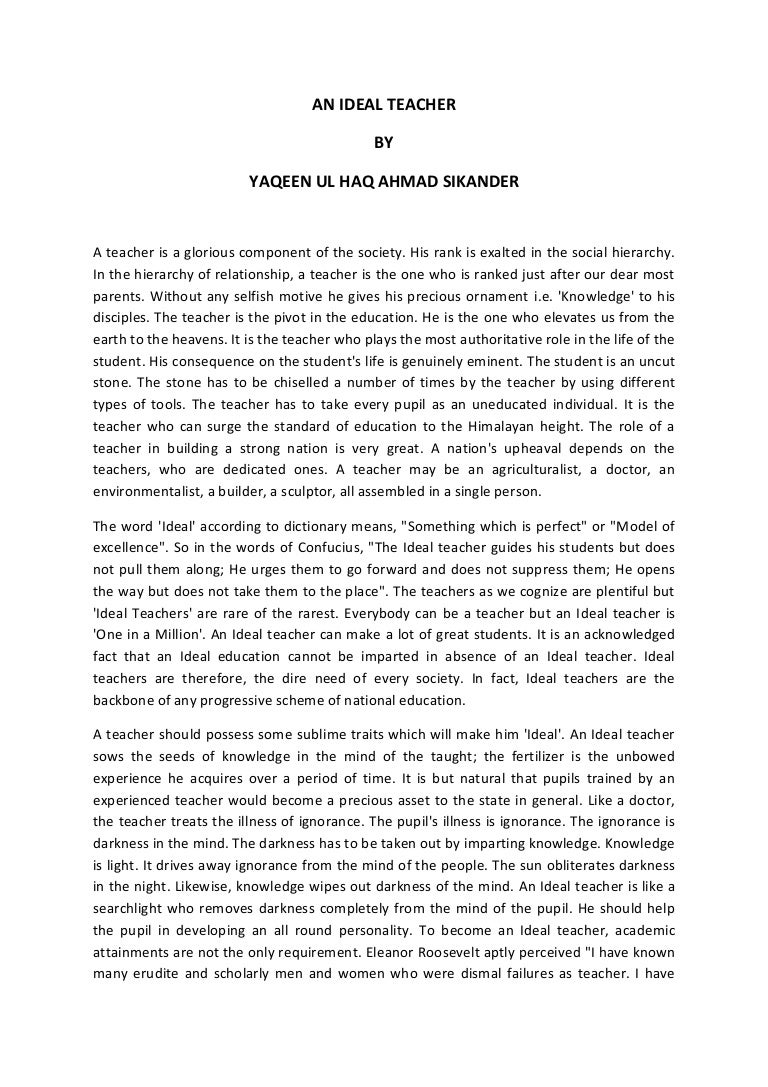The Gendering of Melancholia: Feminism, Psychoanalysis.
Both melancholia and mourning are triggered by the same thing, that is, by loss. The distinction often made is that mourning occurs after the death of a loved one while in melancholia the object of love does not qualify as irretrievably lost. Melancholia is about a loss that is sometimes retrievable.
Freud, S. (1917). Mourning and Melancholia. The Standard Edition of the Complete Psychological Works of Sigmund Freud, Volume XIV (1914-1916): On the History of the Psycho-Analytic Movement, Papers on Metapsychology and Other Works, 237-258 Mourning and Melancholia.
This is a developing series of artworks about meaningless translation, in part after Freud's famous essay from 1917, Mourning and Melancholia, but also after current government legislation, psychological research, pieces of music and examples of letters from the artist's own correspondence. In all cases, the 'codes' used to embody the originals become unintelligible and lose all meaning in.

Melancholia is a subtype of depression.People with melancholic depression often feel extreme despair and guilt. They may struggle to feel any happiness, even when good things happen in their lives.

Let us return for a moment to Freud’s (1917) essay, “Mourning and Melancholia,” in which he attempts to draw a clear distinction between these two psychic states through the question of “successful” and “failed” resolutions to loss. Freud reminds us at the start of this essay.

Grief as a topic of psychological study emerged in the early 20 th century with publication of Freud’s influential essay “Mourning and Melancholia” in 1917. We will examine theories of grief developed by theorists such as Freud, Jung, Kubler-Ross, Bowlby, Becker, Brinkmann and others. We will explore in detail how grief has become.

In his 1917 essay “Mourning and Melancholy”, Freud recognizes two mutually exclusive responses to loss — mourning (Trauer) and melancholia (Melancholie). This sharp distinction between the two responses has long since become almost synonymous with the understanding of a normal versus a pathological reaction to loss, and the clear.

Mourning and Melancholia is one of Freud’s most revered works. Yet it is deeply ambiguous and opaque. In particular, we leave it unsure of the extent to.

Sigmund Freud first introduced a universal theory of melancholy in his essay “Mourning and Melancholia” (1917), while part two of the article analyses the inherent enigmas and contradictions.

Melancholia is a disorder studies in psychoanalysis. It is a disorder characterized by guilt, hopelessness, depression and withdrawal. Mourning is a sign for grief. An expression of a loss one has suffered. The author compares the relationship that exists between mourning and melancholia. It is evident that dreams serve as a way people show the.

Our current idea of depression, he says, was created to fit the symptoms (such as insomnia and lack of appetite) that antidepressants treat. Leader goes back to Freud's classic 1917 essay, Mourning and Melancholia, to show what depression is really about: the loss of an important relationship. He presents a thorough and thoughtful review of.

Freud, S. (1917). Mourning and Melancholia. The Standard Edition of the Complete Psychological Works of Sigmund Freud, Volume XIV (1914-1916): On the History of the Psycho-Analytic Movement, Papers on Metapsychology and Other Works, 237-258 Mourning and Melancholia DREAMS having served us as the prototype in normal life of narcissistic mental disorders, we will now try to throw some light on.

Mourning and Melancholia in Hemingway’s For Whom the Bell Tolls Ernest Hemingway’s For Whom the Bell Tolls (1940) begins with a quotation from John Donne’s “Meditation XVII.” With this epigraph, Hemingway identifies the source of his title and defines the connections achieved between human.



